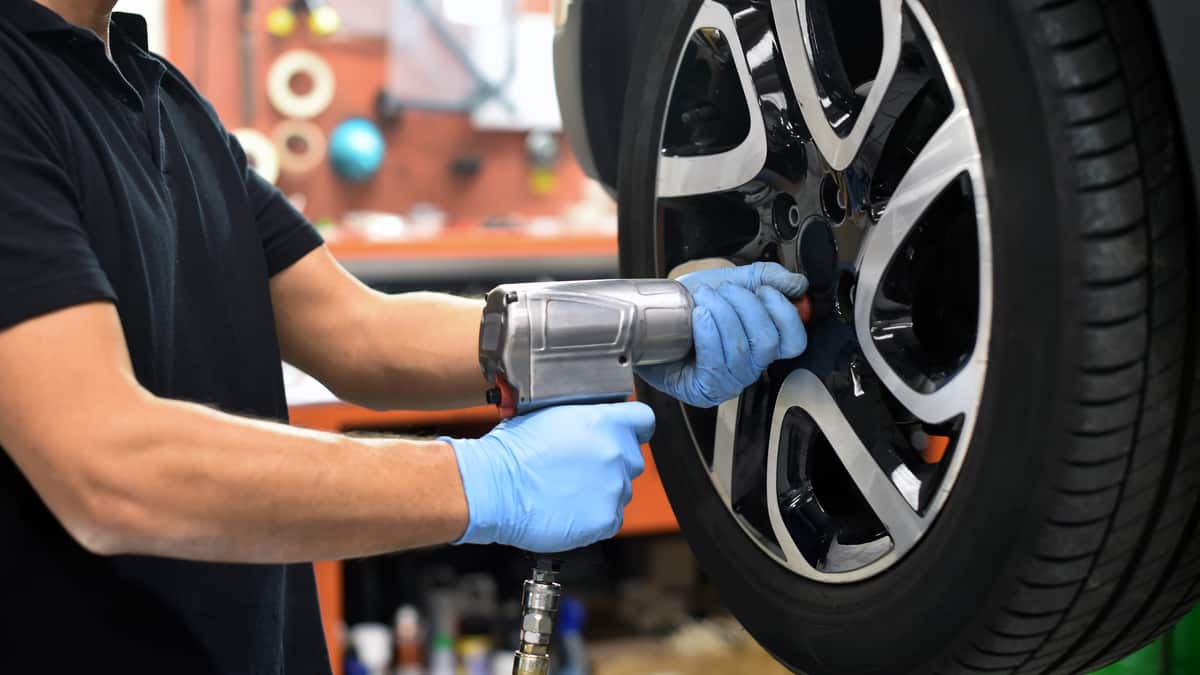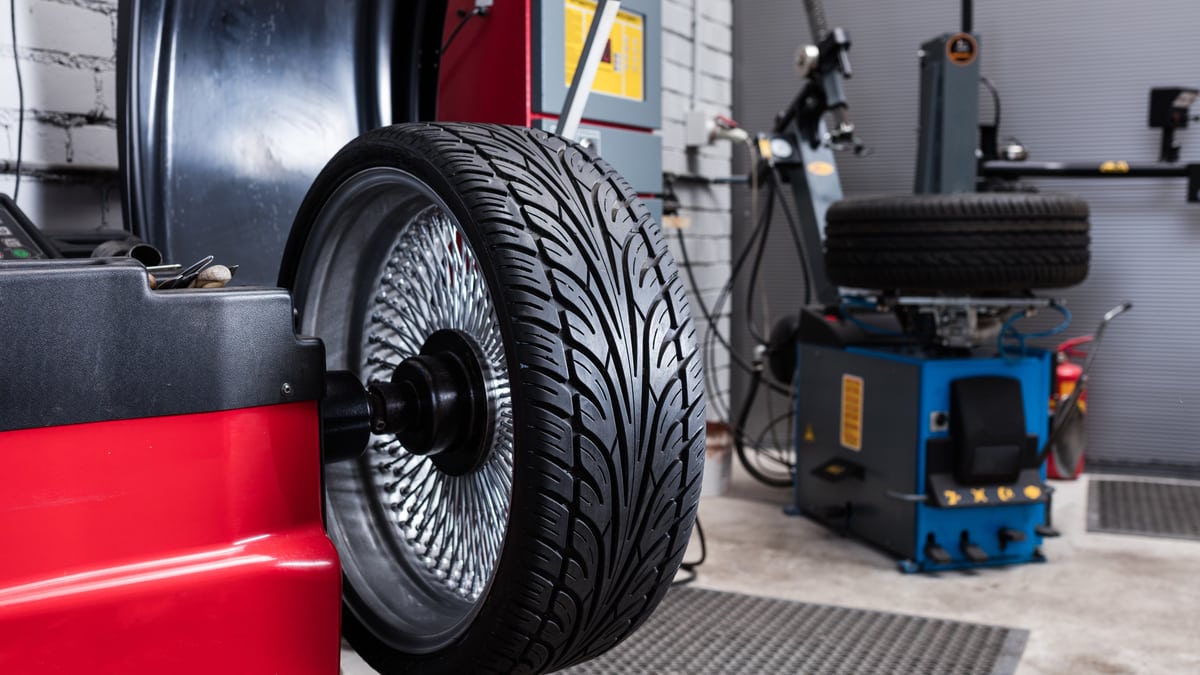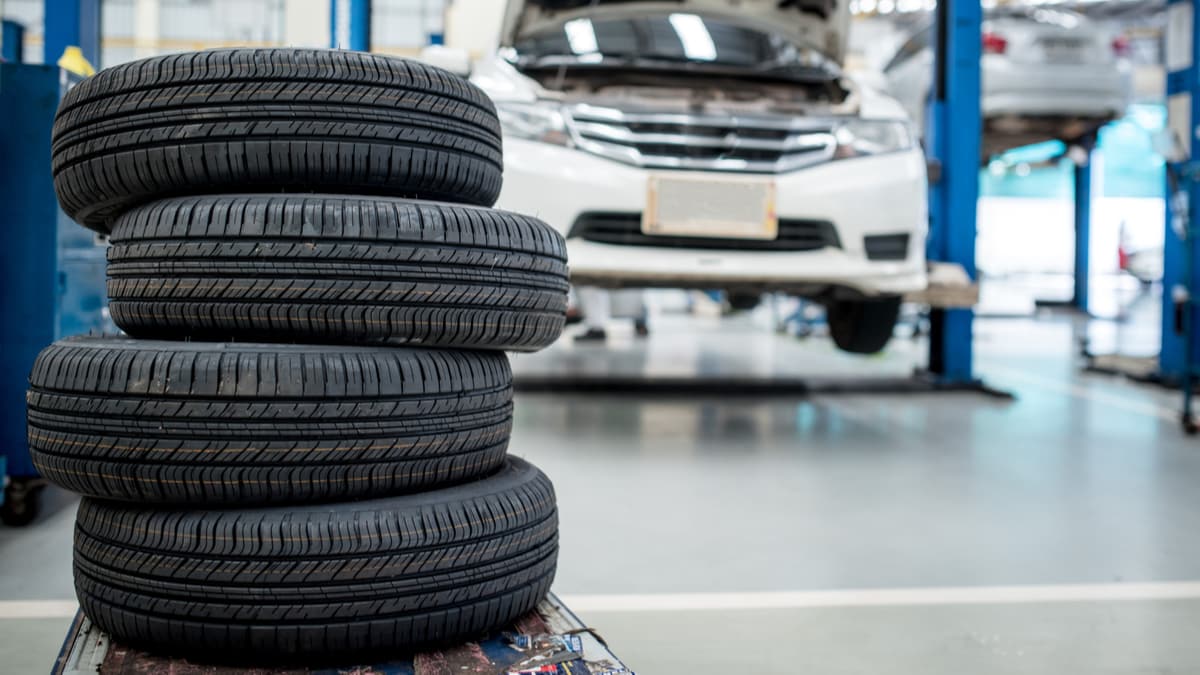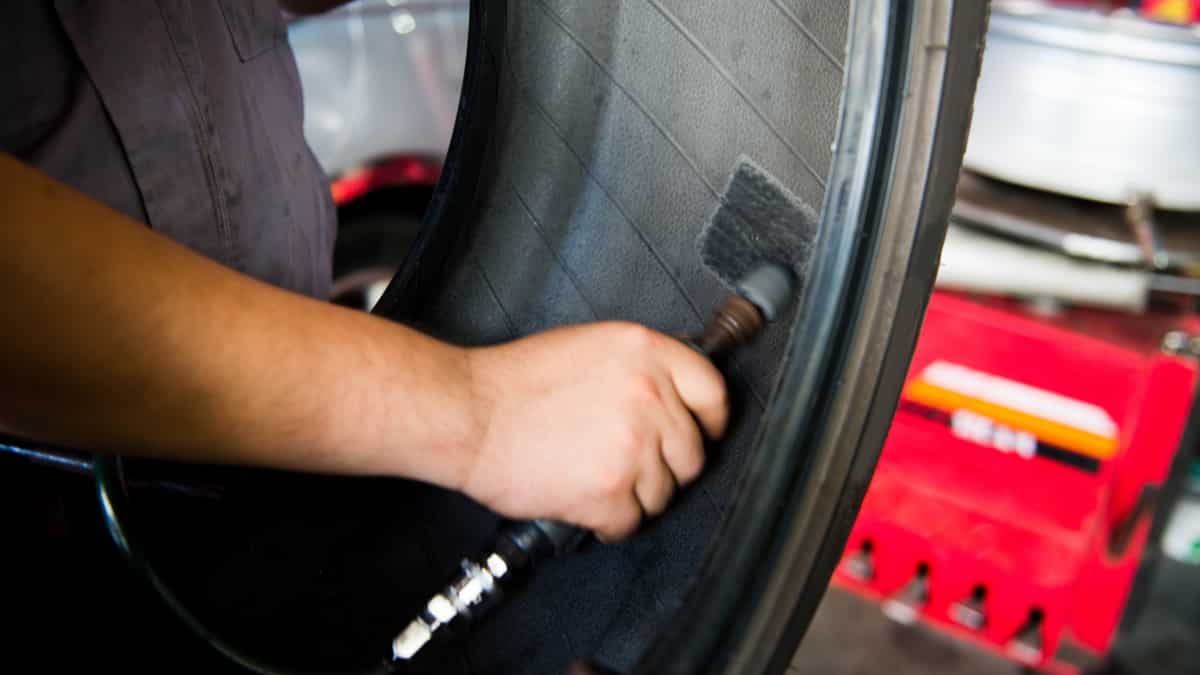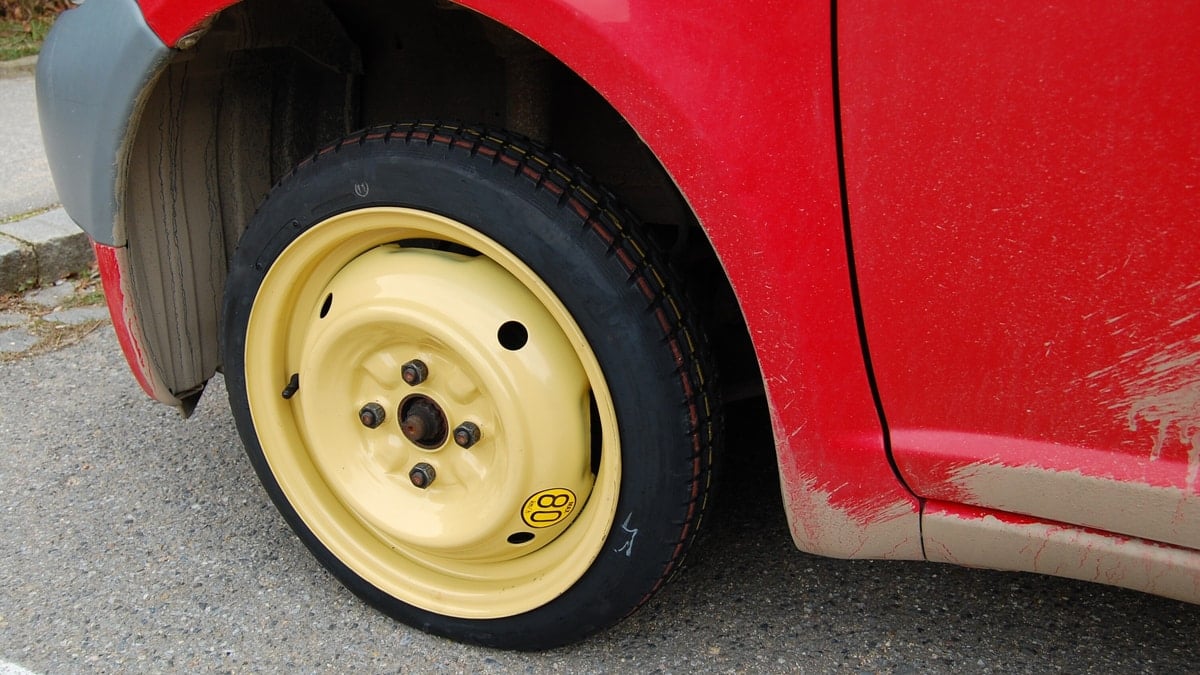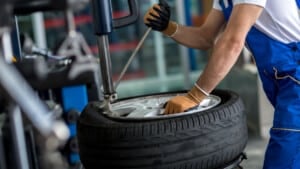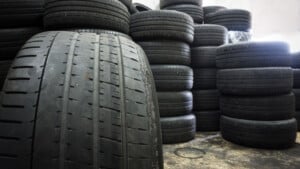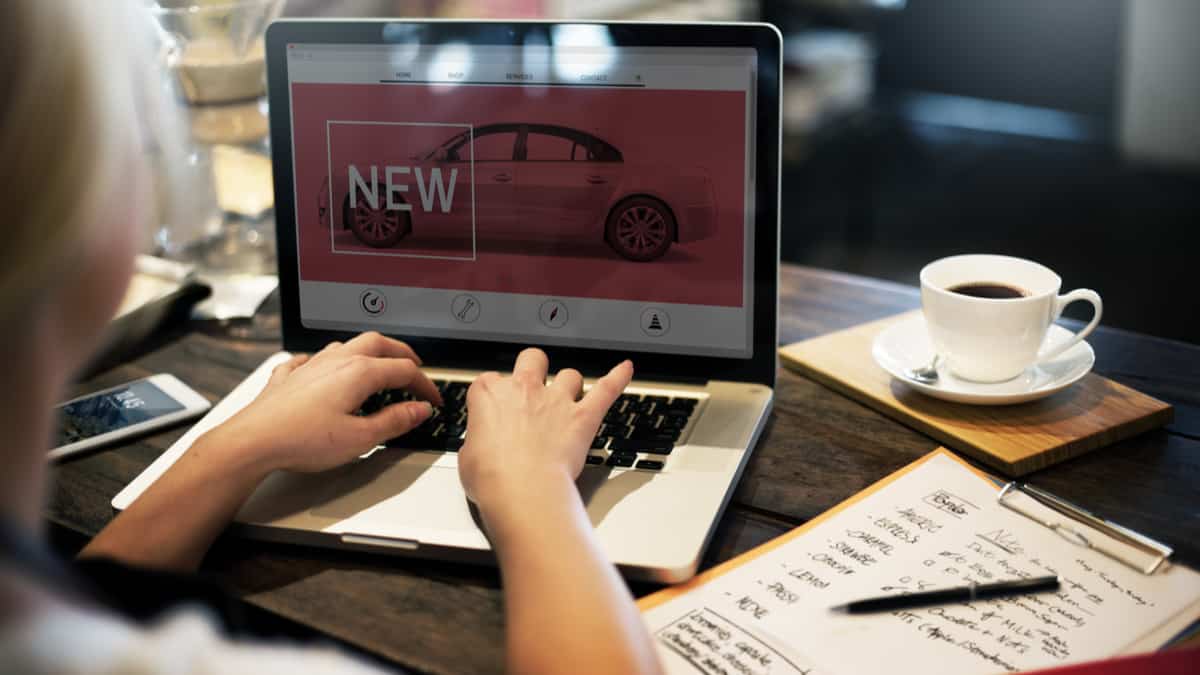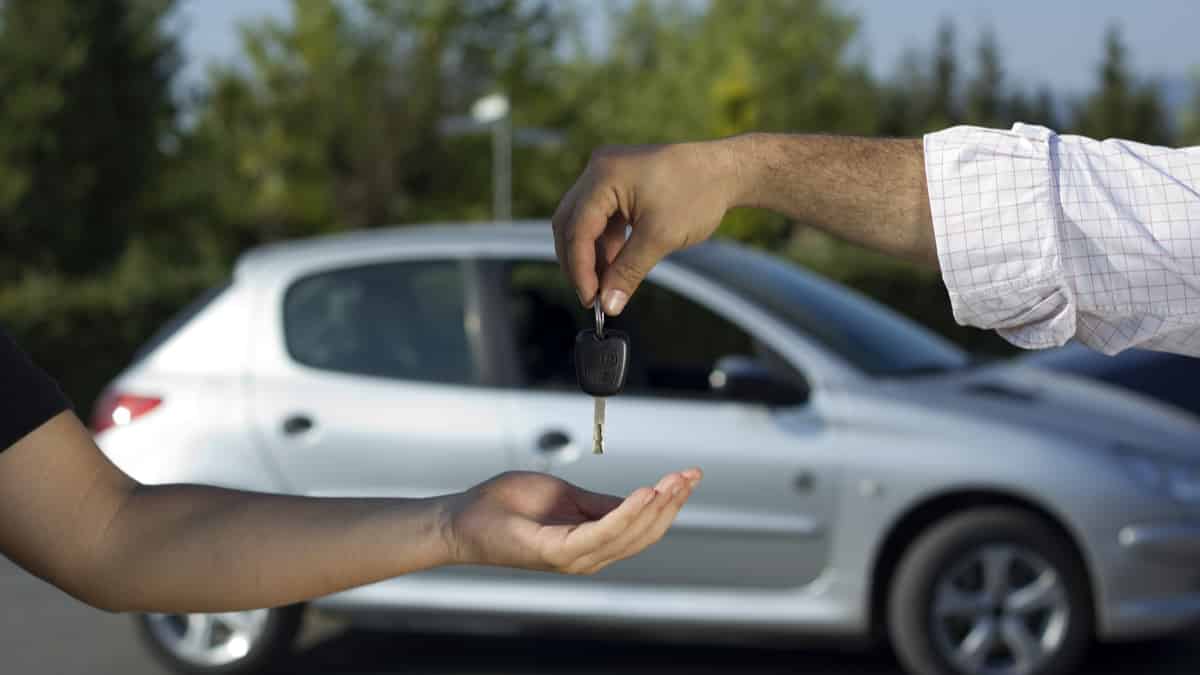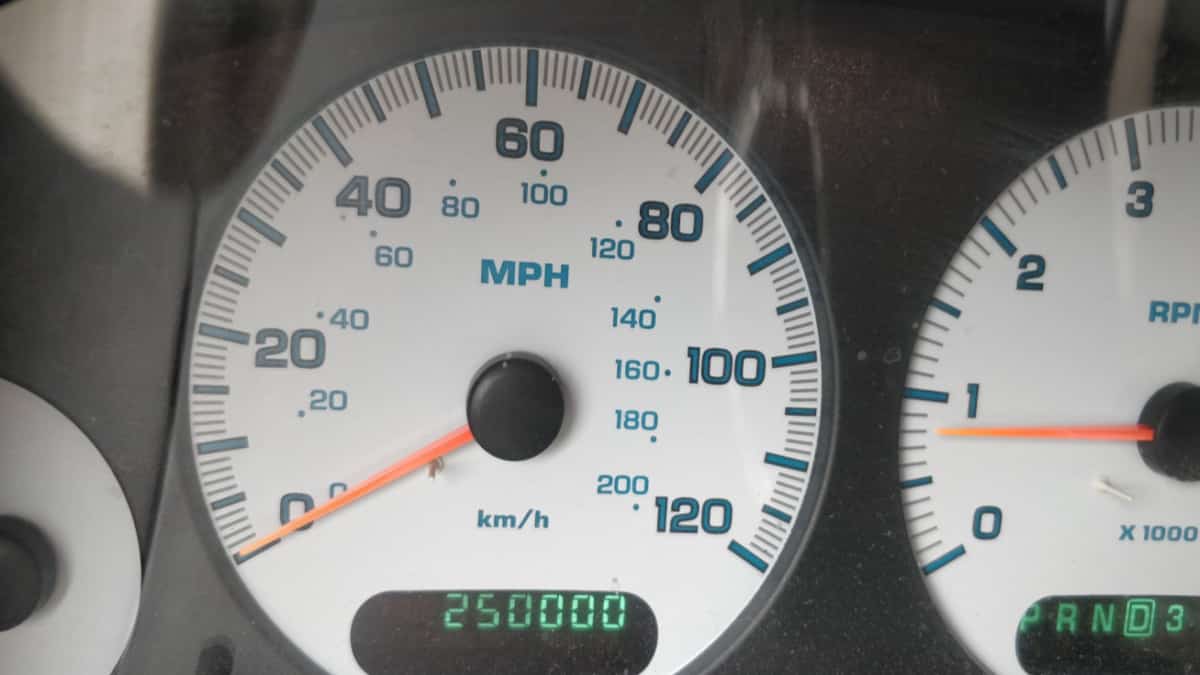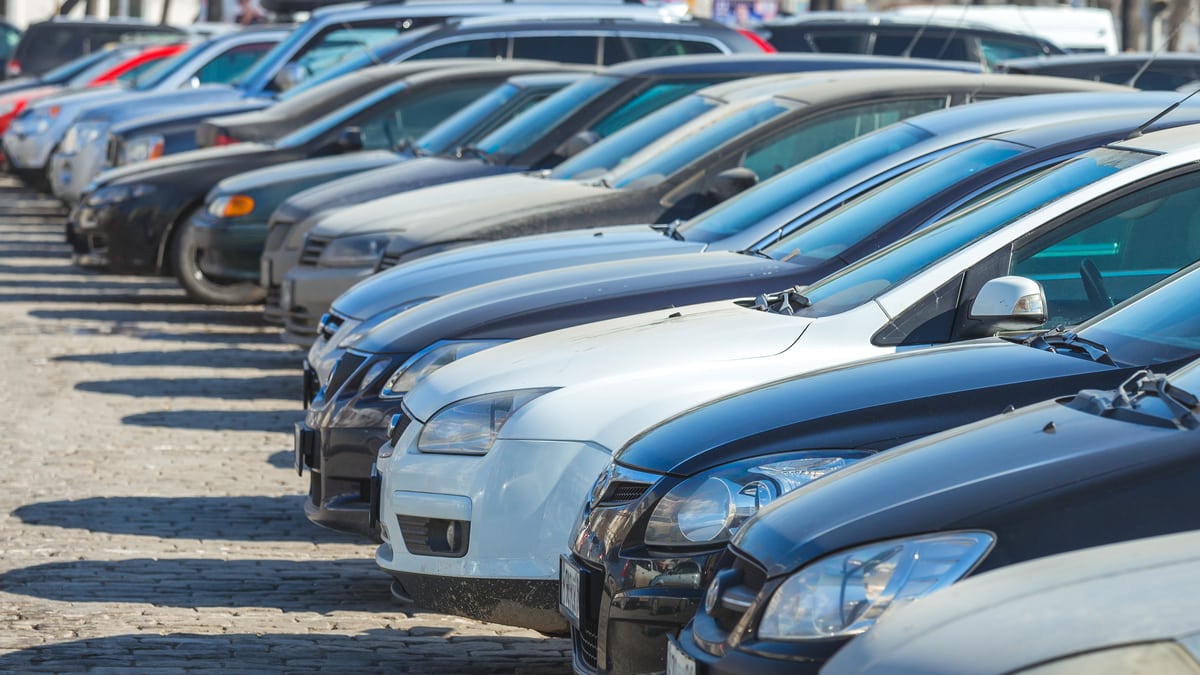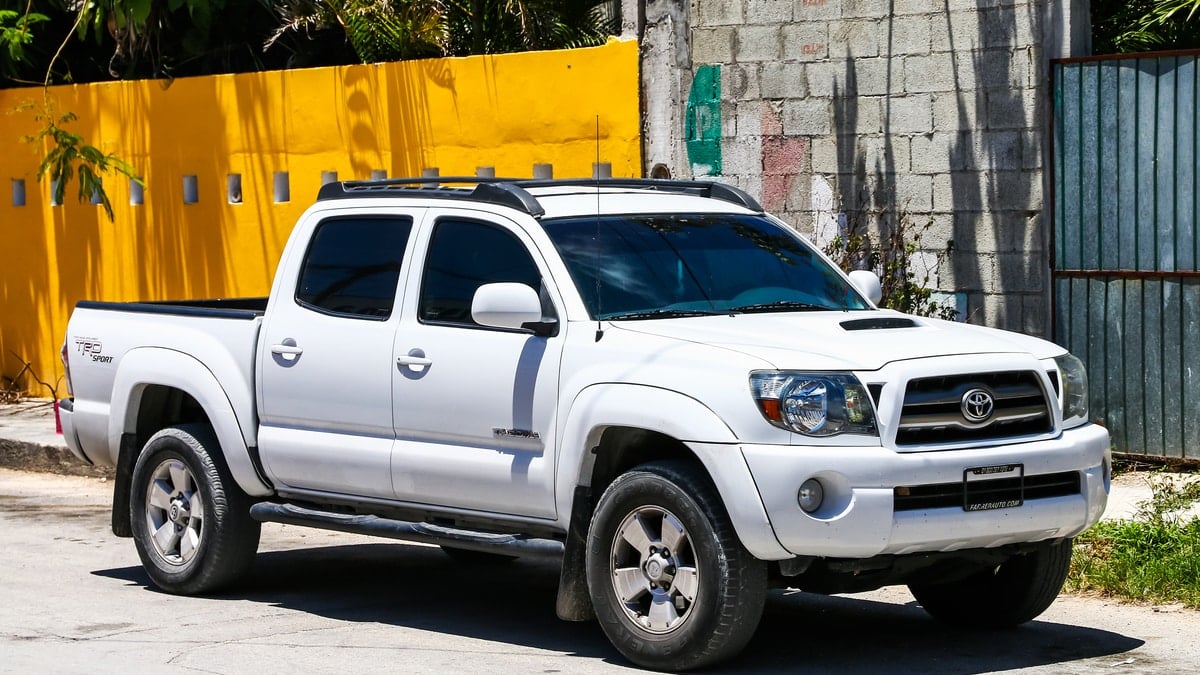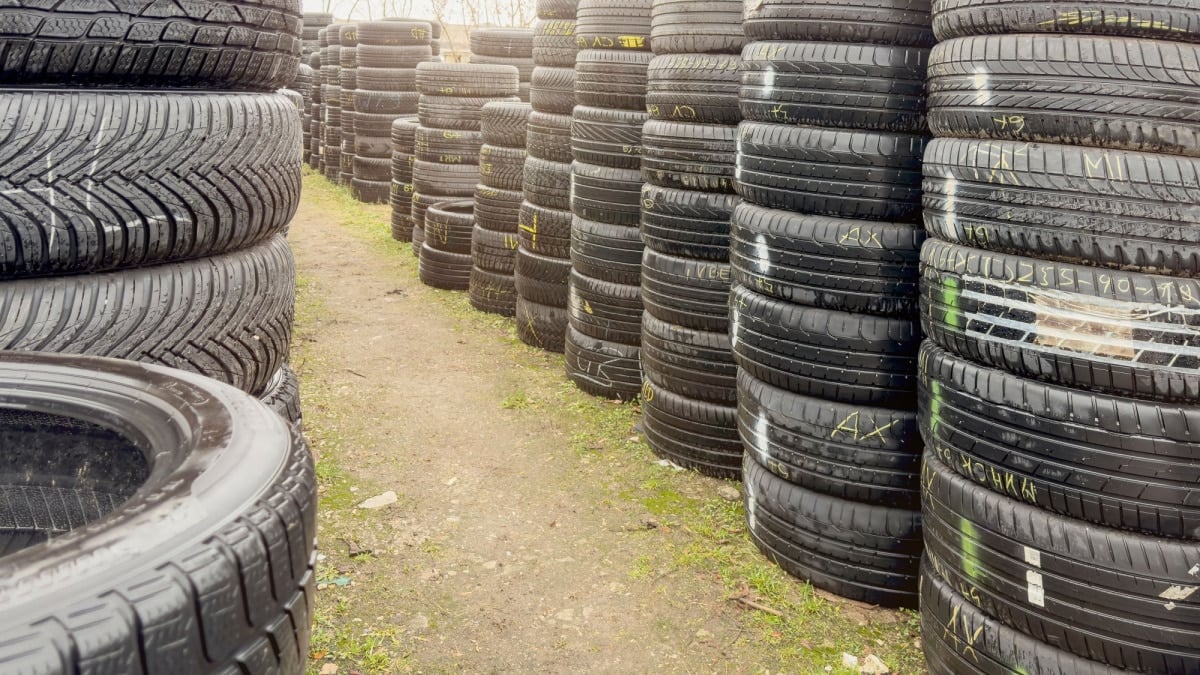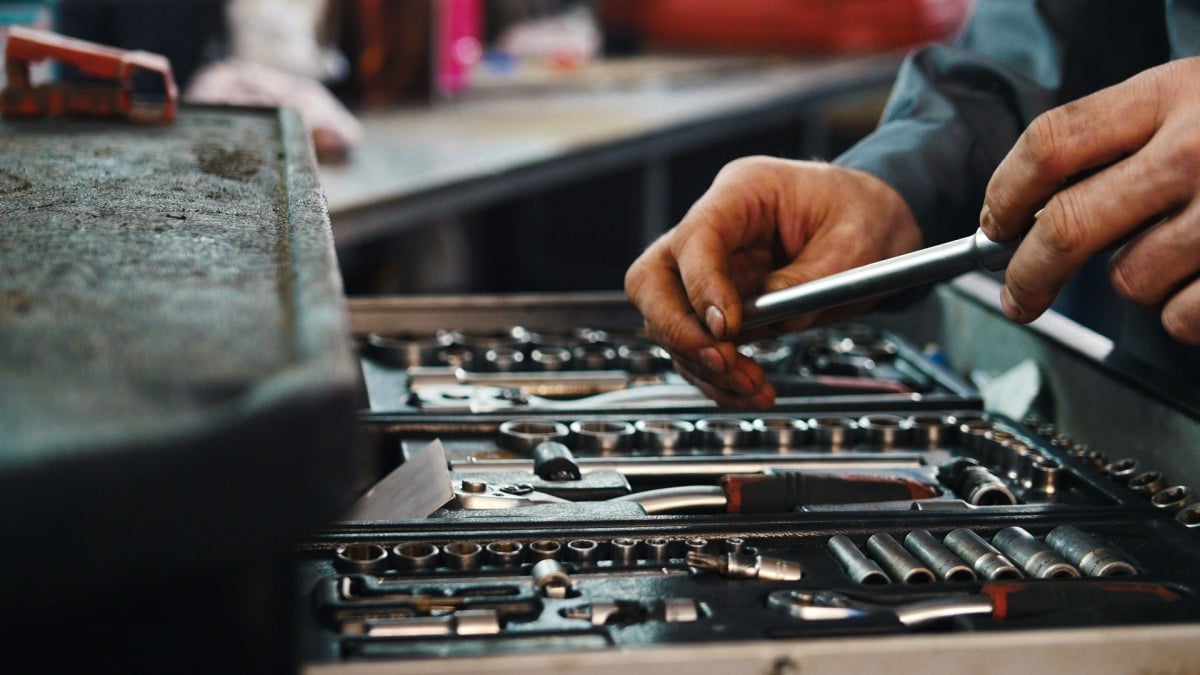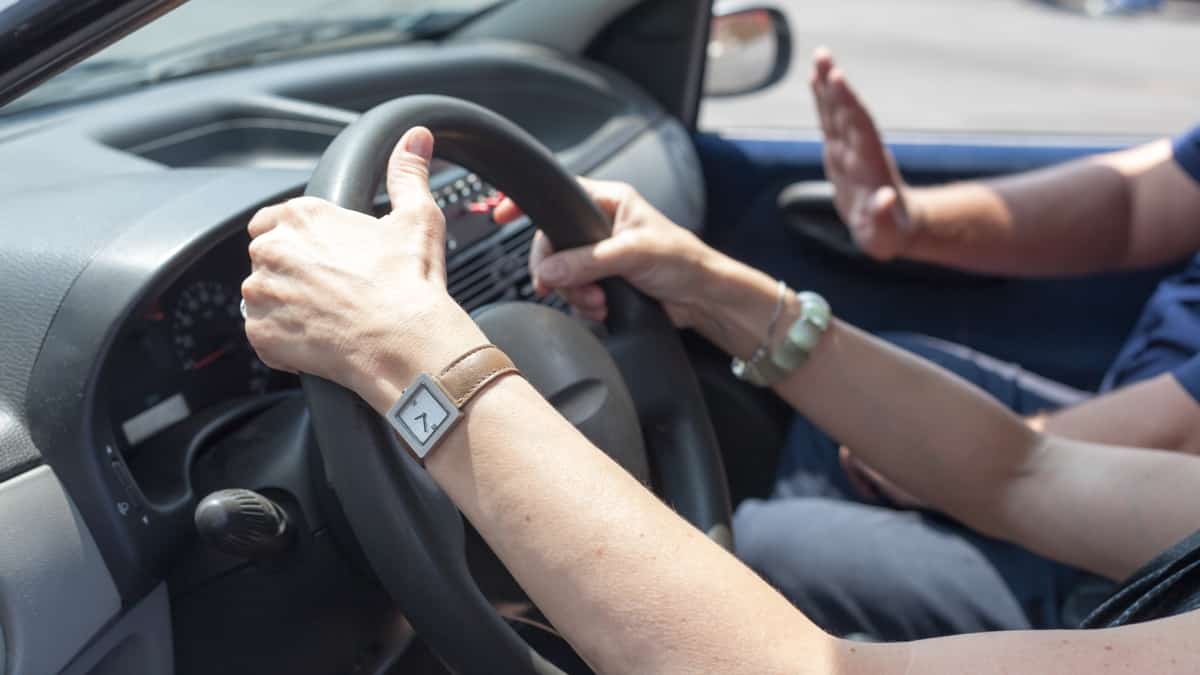There are times when you need to purchase new rims to replace old, worn-out wheels. Other times, you just want to upgrade the look and add more style. Either way, you find yourself asking – how much do rims cost?
You can expect a new rim to cost between $30 and $1000 per rim. The price depends a lot on the material chosen, the size of the wheel, and the design that you choose. You will also spend a varying amount based on your car type, new or used rims, and select wheel brand.
In this guide, I cover everything that affects the rim cost. I will also give you averages for the top types of rims on the market. At the end, I talk more about measuring the rims and estimating the cost of installing your new rims.
Factors Affecting Rim Cost
1. Material
One of the most important factors in rim cost comes down to the material used. Steel rims are normally the cheapest option, but these are also plain and don’t do much to turn heads.
If you are looking for a better style, you might prefer aluminum alloy. Just keep in mind that these will cost more, and aren’t often suited for tight budgets.
2. Size
Just like with tires, the price goes up with the size. The larger the wheels are, the more you can expect to pay.
It’s important that you use the right rim and tire size combination. You don’t want to increase tire or rim size without ensuring that your vehicle can handle the adjustment.
3. Vehicle Type/Model
If you drive one of the most popular cars on the road, there will be a massive selection of rims to choose from, allowing you to shop around for the best price. However, if you drive something rare, you might have trouble getting a good deal.
It can be especially hard to get low-priced rims for classic vehicles. The newer your car is, the more selection you can expect.
4. Brand/Quality
If you want OEM rims, you might spend a little more. However, you already know the quality and durability are top-notch and you can rely on the manufacturer. If you have a damaged OEM rim, OEM replacement rims are preferable.
On the other hand, there are plenty of aftermarket manufacturers, some of which keep the price much lower. Your only struggle with going this route is finding a brand that provides high-quality rims. You can search online and you will find many retailers and tire stores that sell both new and used aftermarket rims, and if you are not sure what size you need, you can ask your dealership or local tire workshop.
5. New or Used
The final factor is whether the rims are new or used. If you want brand-new rims that look picture-perfect, you are going to spend top dollar.
However, if you need to replace damaged rims and don’t care much what they look like, you might prefer used rims instead. These are much cheaper. Plus, you can find a high-end set of rims for much less if you are willing to take them off someone else’s hands. Additionally, some tire shops provide reconditioned rims, which are used but have been cleaned and restored to look like new.
6. Color
If you want to have the rims painted or coated, you will pay a little more. Not only will this create a better aesthetic design, but the coating can also prevent corrosion, thereby giving you a longer rim life.
Some of the most popular finishes include chrome, polished, silver, gunmetal, black, gold or bronze. If you need a finish but have to stick to a budget, choose something more basic to keep the cost down.
RELATED: What Color of Rim is Better for a White Car?
What are Car Rims?
The car rim is the metal part beneath the tire, often known as the wheel. It holds the rubber tire material that is wrapped around it.
These rims are different from your standard hubcap made from plastic. Instead, the majority of rims are made from some type of metal, whether it is steel, alloy or aluminum.
Rim Cost By Style
1. Steel
Steel rims, or so-called steelies, are the most ordinary kind of rim. These used to be placed on every type of car, no matter if it was a station wagon or sports car.
In recent years, steel wheels have become less popular. Now, you only find them on cheaper vehicles where the price needs to be as low as possible.
As the cheapest option, you can find steel wheels for as low as $30 each brand-new, and you can sometimes find a new set of rims for under $120. However, steel rims are heavy, so you will notice a decrease in handling and gas mileage. That’s why you won’t find steel rims on most high-performance cars these days.
2. Alloy
Aluminum alloy rims tend to be one of the more popular options nowadays. They are lightweight and can still be reasonably priced. Plus, they can be finished in a variety of ways for a unique style.
It’s easy to finish the alloy wheels with a powder-coating, anodized finish or with a diamond-cut style. Even though they are more expensive, you can still find some reasonable options. Depending on your vehicle, you might be able to find a rim for $50 each.
3. Chrome
Chrome rims are among the most expensive in the bunch. That’s why they are found on luxury cars with higher price tags.
What you might not know is that chrome wheels aren’t made completely of this metal. That would be overly expensive, so manufacturers simply coat the wheel with chrome. However, even with the simple coating, you can spend anywhere from $100 to $1,000 per wheel. In fact, there are some that cost far more than even that.
The chrome wheel doesn’t offer anything special in terms of performance. The whole focus is on the aesthetic appeal.
You can also get carbon rims, but these are often insanely expensive and are mostly for race cars.
Cost of Rim Installation
If you purchase your rims at the same location that’s installing them, you might be able to get a deal on the labor. Otherwise, you can expect to spend around $20 to $50 per rim for the installation. It’s also possible to install the rims yourself if you have the right tools and expertise.
When you get new rims, the tires will also need to be balanced. The tire balancing will also be done during your tire rotations and sometimes when you get new suspension work. For example, if you add a suspension lift, you will want to have the alignment and balancing done once again.
Some tire shops will offer pre-paid maintenance schedules that cover many of these services. You can pay upfront and get free rotations, balancing, and alignments. If you are concerned about the rising costs of tire services, you might consider pre-paying for them. Make sure you find a qualified mechanic for this type of job, as it can cause a lot of problems if not done correctly.
We strongly recommend that you make a wheel alignment if you are installing new tires and wheels because if the wheel alignment is poor, it will tear down your new set of tires quickly.
RELATED: Average Wheel Alignment Cost (Front, Rear & 4-Wheel)
How to Measure for New Rims
1. Width
The width of the rims is important if you want to keep them from rubbing the car frame and body. However, many people don’t measure the width properly.
You want to measure the barrel section. Avoid measuring the overall width of the entire rim.
2. Diameter
You can find this measurement on the driver’s side door jamb if you are using factory wheels. Otherwise, you can measure it for yourself.
Measure the diameter by going from lip to lip on the wheel. However, this measurement might not be perfect. If you are seeing 19.5”, the rim could actually be 18”.
3. Bolt Pattern
The bolt pattern consists of two different numbers. The first number shows you how many holes the car has.
The other measurement reveals the diameter of those holes. You will need both of these numbers to get the bolt pattern that matches. Just keep in mind that some brands use inches, while others use millimeters.
4. Offset
If you don’t have the right offset, it will be impossible for the tires to fit the rims. You need to figure out the distance between the wheel centerline and the hub mounting surface.
This measurement should be in millimeters. If the centerline and hub mounting surface are even, it’s known as a zero offset. If the surface is actually near the rim face, it is known as positive, while a surface located near the back is known as negative instead.
5. Backspacing
The rim backspacing is the distance from the back lip to the hub surface. It determines how far the rims stick out beyond the fender.
When the backspacing is correct, there is room for the suspension. It also creates room for the steering and brake systems without creating interference.

